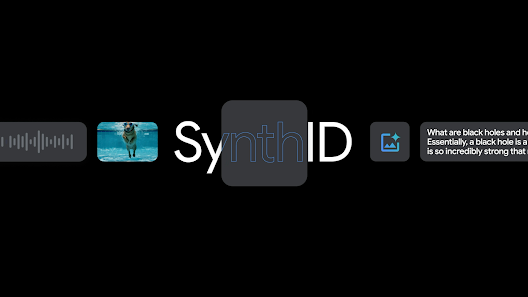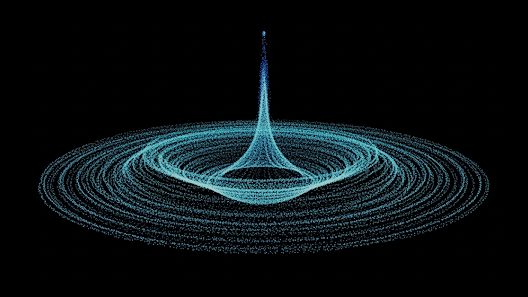In a significant step toward responsible AI content verification, Google has introduced a new tool called the SynthID Detector — a centralized platform that helps users determine whether a piece of content was created using Google’s AI technologies.
What Is the SynthID Detector?
SynthID Detector is an online portal designed to identify AI-generated content by detecting invisible watermarks embedded within various formats such as text, images, audio, and video. These watermarks, created using Google’s SynthID technology, remain intact and traceable even after content is edited or shared across platforms.
Originally launched with a focus on AI-generated images, SynthID’s scope has now expanded to include content generated by Google’s advanced AI models—Gemini, Veo, Imagen, and Lyria—covering a wide range of synthetic media.
Why Content Detection Matters
With the rapid evolution of generative AI, the ability to produce high-quality synthetic media is now more accessible than ever. This raises critical concerns around authenticity, misinformation, and media attribution. SynthID Detector aims to address these issues by offering a reliable mechanism to track and verify AI-generated content.
Google’s effort is part of a larger push to provide transparency and maintain trust in digital ecosystems that are increasingly influenced by AI-generated media. The tool is especially useful for journalists, researchers, and content platforms who need to validate content origin.
How the SynthID Detector Works
Using the portal is simple and intuitive:
- Upload Your Media: Submit an image, audio file, video, or text document that may have been created using Google AI tools.
- Scan for Watermarks: The system analyzes the file and searches for embedded SynthID watermarks.
- View Results: If a watermark is found, the portal highlights specific portions of the content where the watermark is most likely to be present.
For instance, in audio files, the detector can pinpoint the exact segments where the watermark exists, while in images, it can outline the regions most likely to have been watermarked.
Availability and Access
Currently, SynthID Detector is being rolled out to early testers, with broader public availability expected soon. Media professionals and researchers interested in early access can join the waitlist here.
Expanding the SynthID Ecosystem
To foster a more transparent and trustworthy AI content environment, Google has open-sourced SynthID’s text watermarking technology. This allows developers to integrate watermarking into their own generative AI models and platforms.
Google has also partnered with GetReal Security, a leading verification platform, to ensure cross-platform detection of SynthID watermarks. Additionally, a collaboration with NVIDIA enables watermarking of video content generated using NVIDIA’s Cosmos™ AI engine.
These partnerships indicate Google’s commitment to building an open and collaborative framework around content verification and transparency.
Looking Ahead
In a landscape where AI-generated media is poised to play a dominant role, the launch of the SynthID Detector is a proactive step toward ensuring integrity and accountability. As part of its ongoing innovation in generative tools, Google continues to evolve technologies that balance creativity with ethical responsibility.
For a deeper dive into how Google’s generative tools are reshaping creative industries, check out our post on how Imagen, Veo, and Flow are revolutionizing art, music, and film.
As AI-generated content becomes more prevalent, tools like SynthID Detector will be essential in helping the world distinguish between what’s real and what’s machine-made.







